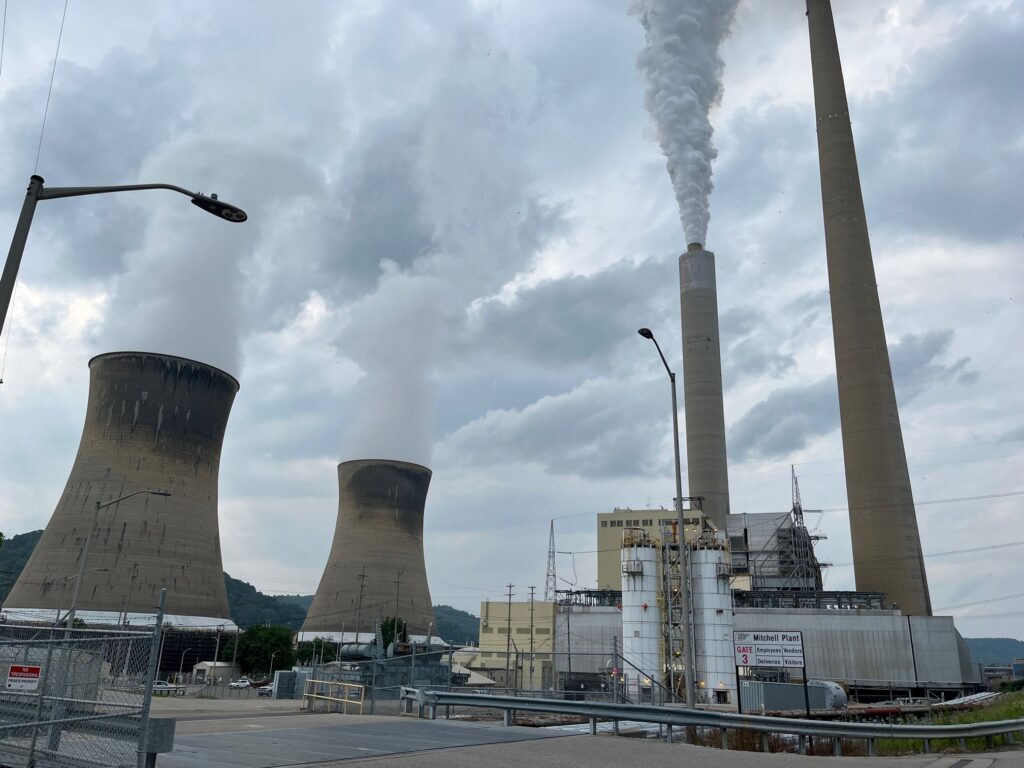Electricity output from West Virginia’s five utility owned coal fired power plants was the lowest last year in more than two decades.
Four of the five main power plants in the state produced less electricity in 2023 than in any year since 2001, according to U.S. Energy Information Administration data.
The only plant that did not set a record low last year: Mon Power’s Harrison Power Station in Harrison County.
A decade ago, according to federal data, coal accounted for 44 percent of overall electricity generation in PJM, the nation’s biggest grid operator. In 2023, that fell to 14 percent.
The agency projects that 20 percent of PJM’s coal plants will shut down by 2028, as coal becomes less economically attractive than natural gas and renewables.
In 2021 and 2022, the West Virginia Public Service Commission approved hundreds of millions of dollars in upgrades to the five plants to comply with U.S. Environmental Protection Agency rules on coal ash disposal and wastewater treatment.
While the Harrison plant operated 364 days last year, according to federal data, Appalachian Power’s Mitchell plant in Marshall County operated only 258 days.
In 2021, Kentucky’s Public Service commission declined to make Kentucky customers share the cost of the wastewater treatment upgrades at Mitchell with West Virginia customers.
In early 2022, Appalachian Power estimated the cost of retrofits to Mitchell at $148 million.
After the Kentucky PSC made its decision, the West Virginia PSC ruled that West Virginia customers would shoulder the entire sum.
According to the U.S. Energy Information Administration, the Harrison, Fort Martin, Mountaineer and Amos plants are among the top coal generators in the PJM region, which includes West Virginia.
Of the five West Virginia plants, just Fort Martin and Harrison have expected retirement dates, 2035 and 2040, respectively.
Appalachian Power is an underwriter of West Virginia Public Broadcasting.























